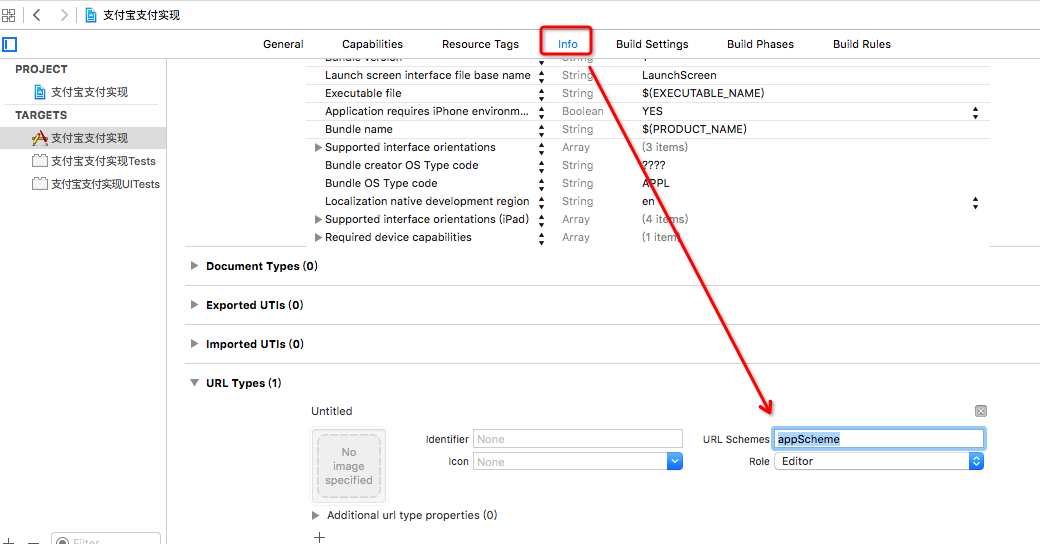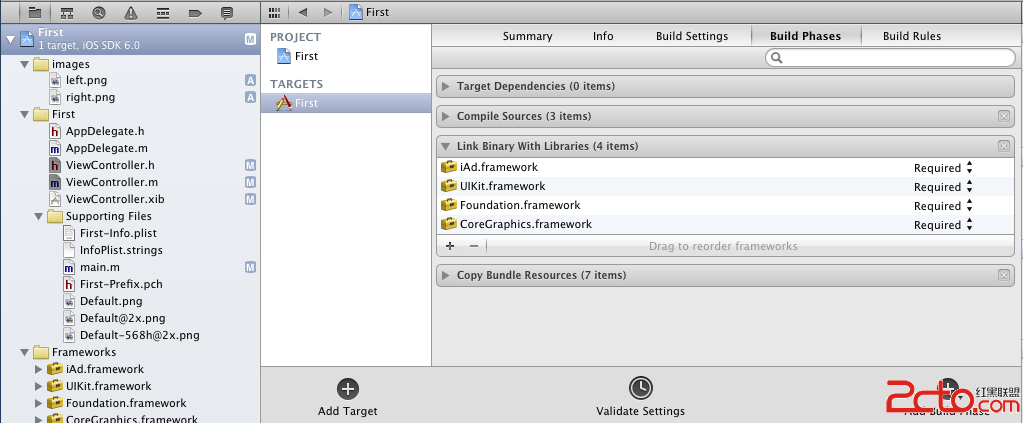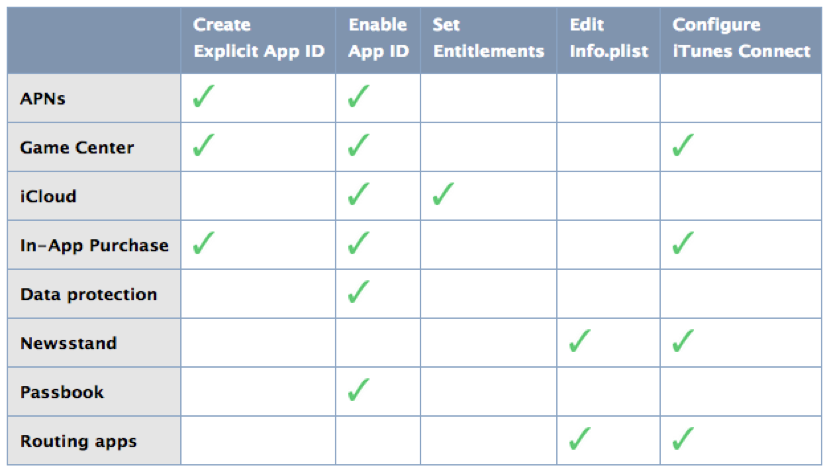iOS arc VS mrc學習筆記
一、* Core Foundation與objective-c Object進行交換 *
對於Core Foundation與objective-cObject進行交換時,需要用到的ARC管理機制有:
(1) (__bridge_transfer) op or alternatively CFBridgingRelease(op) is used to consume a retain-count of a CFTypeRef while transferring it over to ARC. This could also be represented by
id someObj =(__bridge ) op;
CFRelease(op); (2) (__bridge_retained) op or alternatively CFBridgingRetain(op) is used to hand an NSObject over to CF-land while giving it a +1 retain count. You should handle a CFTypeRef you create this way the same as you would handle a result of CFStringCreateCopy().This could also be represented by
CFRetain((__bridge CFType)op);
CFTypeRef someTypeRef =(__bridge CFType)op;(3) __bridge just casts between pointer-land and Objective-C object-land. If you have no inclination to use the conversions above, use this one.
二、* ARC和IOS4 *
ARC在IOS4是沒有 __weak 關鍵字的,需要使用 unsafe_unretained來代替。
三、* ARC中的內存洩露 *
使用了ARC也並不意味著我們的工程裡面不會出現內存洩露了。在ARC機制下,最常見導致內存洩露的是循環強引用。容易出現的場合有:
①Outlet類型指針
Outlet類型的指針變量應該用weak屬性來聲明
②委托
一定要將delegate的屬性設為weak,原因我就不解釋了,實在不明白,請猛擊這裡
③block
下面這段代碼,在MRC條件下是沒有問題的:
MyViewController * __block myController = [[MyViewController alloc] init…];
// ...
myController.completionHandler = ^(NSInteger result) {
[myController dismissViewControllerAnimated:YES completion:nil];
}; 但是在ARC條件下,就會內存洩露,導致myController指向的對象無法釋放。
原因是,__block id x聲明的變量x用於block中時,MRC條件下是不會增加x的引用計數,但是在ARC條件下,會使x得引用計數加一,請各位務必注意!!!!!!!!!!!!
上述問題代碼有以下幾種解決方案:
方案一:
MyViewController * __block myController = [[MyViewController alloc] init…];
// ...
myController.completionHandler = ^(NSInteger result) {
[myController dismissViewControllerAnimated:YES completion:nil];
myController = nil;
}; 最簡單的解決辦法,在block中使用完myController時,是它指向nil,沒有strong類型的指針指向myController指向的對象時,該對象就回被釋放掉。
方案二:
MyViewController *myController = [[MyViewController alloc] init…];
// ...
MyViewController * __weak weakMyViewController = myController;
myController.completionHandler = ^(NSInteger result) {
[weakMyViewController dismissViewControllerAnimated:YES completion:nil];
}; 該方案使用了一個臨時的__weak類型的指針weakMyViewController,在block中使用該指針不會導致引用計數加一,但卻存在隱患,當該對象在外部被釋放時,block裡面執行的操作就無效了。下面的方案三可以解決這個問題。
方案三:
MyViewController *myController = [[MyViewController alloc] init…];
// ...
MyViewController * __weak weakMyController = myController;
myController.completionHandler = ^(NSInteger result) {
MyViewController *strongMyController = weakMyController;
if (strongMyController) {
// ...
[strongMyController dismissViewControllerAnimated:YES completion:nil];
// ...
}
else {
// Probably nothing...
}
}; 即在block中使用myController對象之前再聲明一個臨時的strong類型的指針,指向weak類型的指針,這時strongMyController指針就變成了有效的強引用,其指向的對象就能保證不被釋放掉。
④定時器
定時器也是非常容易產生內存洩露的地方。比如下面的代碼
@implementation AnimatedView
{
?NSTimer *timer;
?}
- (id)initWithCoder:(NSCoder *)aDecoder
{
?
? if ((self = [super initWithCoder:aDecoder])){
timer = [NSTimer scheduledTimerWithT imeInterval:0.1
target:self
selector:@selector(handleTimer:)
userInfo:nil
repeats:YES];
}
return self;
}
- (void)dealloc
{
[timer invalidate];
}
- (void)handleTimer:(NSTimer*)timer
{
//do something
} 乍一看這段代碼沒啥問題,但是運行起來才發現dealloc方法是不會被調用的,self有一個timer的強引用,timer又有一個self的強引用,典型的循環引用!
解決方法是將timer的屬性設置為__weak。
四、* @autoreleasepool 和 NSAutoreleasePool *
ARC中是不支持使用NSAutoreleasePool的,但是可以使用@autoreleasepool代替。@autoreleasepool既可以用在ARC環境中,也可以用在非ARC環境中,而且效率要比前者高,蘋果官網中是這樣描述的:
ARC provides @autoreleasepool blocks instead. These have an advantage of being more efficient than NSAutoreleasePool. 五、* 使用ARC需要遵守的新規則 *
①不要在dealloc方法中調用[super dealloc];
②不能使用 retain/release/retainCount/autorelease
③不能使用 NSAllocateObject/NSDeallocateObject
④不能使用 NSZone
⑤Objective-C 對象不能作為C語言結構體(struct/union)的成員
參考鏈接:
arc & mrc這不是技術路線問題。
Objective-c的內存管理MRC與ARC
ARC使用心得(二)
Performance Comparison: cocos2d-iphone v2 vs v3 vs Sparrow and ARC vs MRC
iPhone開發之深入淺出 (4) — ARC之循環參照 Transitioning to ARC Release Notes- 上一頁:ios開發之指紋識別
- 下一頁:iOS真機模擬內存警告




